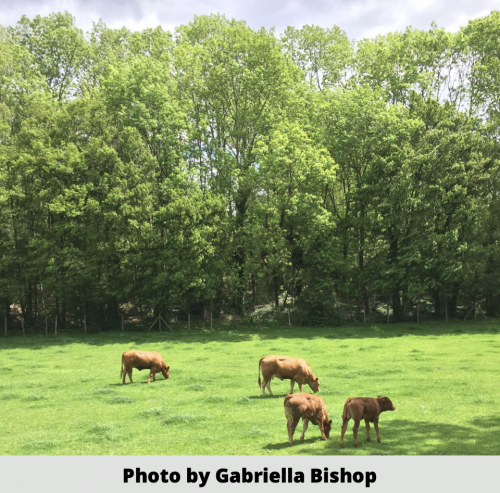How can the natural value of farmland be boosted so that it becomes attractive for insects and birds again, but without farmers feeling the pinch in their pockets? SHOWCASE’s coordinator, Prof David Kleijn reflects on this and more questions in a magazine issue on European research collaborations.
SHOWCASE’s coordinating institution, the Wageningen University, annually produces several online magazines with background stories about current research. Its latest issue, dedicated to European research collaborations, featured an interview with Prof David Kleijn, who explains what motivated the creation of SHOWCASE and how the project contributes to making biodiversity an integral part of farming practices.
David highlighted that there has been a major oversight in research on biodiversity-friendly agriculture – we seem to have forgotten about the costs of integrating biodiversity into farming, which could well be the reason why very few farmers embrace biodiversity practices. It’s important to realise that farmers often have to take out loans and then look for economies in order to spend little and obtain a lot in return to keep up with their bank payments. “In other words, they end up doing all the things that are bad for biodiversity.”
Therefore, measures to integrate biodiversity into farming require a change not only in land management but also in business operations. In this relation, the SHOWCASE team is investigating the financial implications of making biodiversity a regular aspect of the farming business. For example, David is studying the case of grassland in the Geul valley, Netherlands. Highly biodiverse grassland is mown less frequently and has a lower protein content, leading to farmers having to buy extra feed if they are to feed their cows with enough protein to produce milk with high concentrations of fat and protein. David’s team is investigating the costs of this practice.
Additionally, SHOWCASE has nine other project sites, each with a specific focus. In Switzerland and France, researchers are studying the effects of reducing pesticide use. The focus in Hungary is on the biodiversity effects of plots where strips are sown with flowers. In Romania and Estonia, researchers are analysing ways to combat the abandonment of farmland. The UK project site is producing guidance on the types of cover crops that provide the best benefits to the soil. In Sweden, researchers are working towards understanding farmers’ motivations to adopt biodiversity-promoting farming practices. In Portugal, project researchers are studying the effects of different in-field management interventions on biodiversity and ecosystem functions. Finally, the work in Spain is dedicated to measuring which insects are found in the green cover crops between orchards, how they affect the fruit and what happens to the yields.
David hopes that the conjoint efforts of all project partners will help develop business models that promote biodiversity and motivate farmers to switch to biodiversity-inclusive farming practices.
Read the full article in English here.
Read the full article in Dutch here.
Photo: Cows on a field. Photo by Gabriella Bishop.
